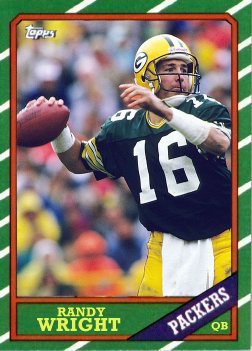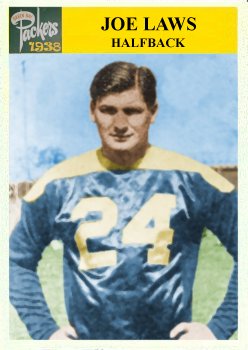
16 first-year men played for the Packers in 2013, but only two proved to be impact players. Eight of the team’s 11 draft picks played for Green Bay that season and two others made the roster a year later. UCLA pass rusher Datone Jones was drafted with the top pick in round one, Alabama runner Eddie Lacy in round two, Colorado tackle David Bakhtiari and UCLA runner Johnathan Franklin in round four, Iowa cornerback Micah Hyde and Mississippi defensive end Josh Boyd in round five, Illinois State linebacker Nate Palmer in round six and South Florida linebacker Sam Barrington in round seven.
Having 11 draft picks offered a great chance to restock the team, but the opportunity was largely wasted. Datone Jones has been a major disappointment, and his college teammate, Franklin sadly had his career ended with a neck injury. Boyd, Palmer, and Barrington never developed into anything, and Micah Hyde showed promise as a returner and defensive back in his first two seasons, but has been stunted since.
Eight rookie free agents also made the team. Guard Lane Taylor and safety Chris Banjo each played four years in Green Bay, with Taylor gaining starter status in 2016. Linebacker Andy Mulumba lasted three years, but the other five – runner Michael Hill, tight end Jake Stonebreaker, linebacker Victor Aiyewa and receivers Myles White and Chris Harper – all were gone after just one season.
So the cream of the crop in 2013 were the draft picks Lacy and Bakhtiari. Both moved right into the starting lineup in 2013 and have stayed there ever since. Bakhtiari has been a reliable piece of a usually solid line. Lacy gained over 1,000 yards and was the AP’s Offensive Rookie of the Year; Eddie Lacy was the Packers’ top rookie in 2013.












































